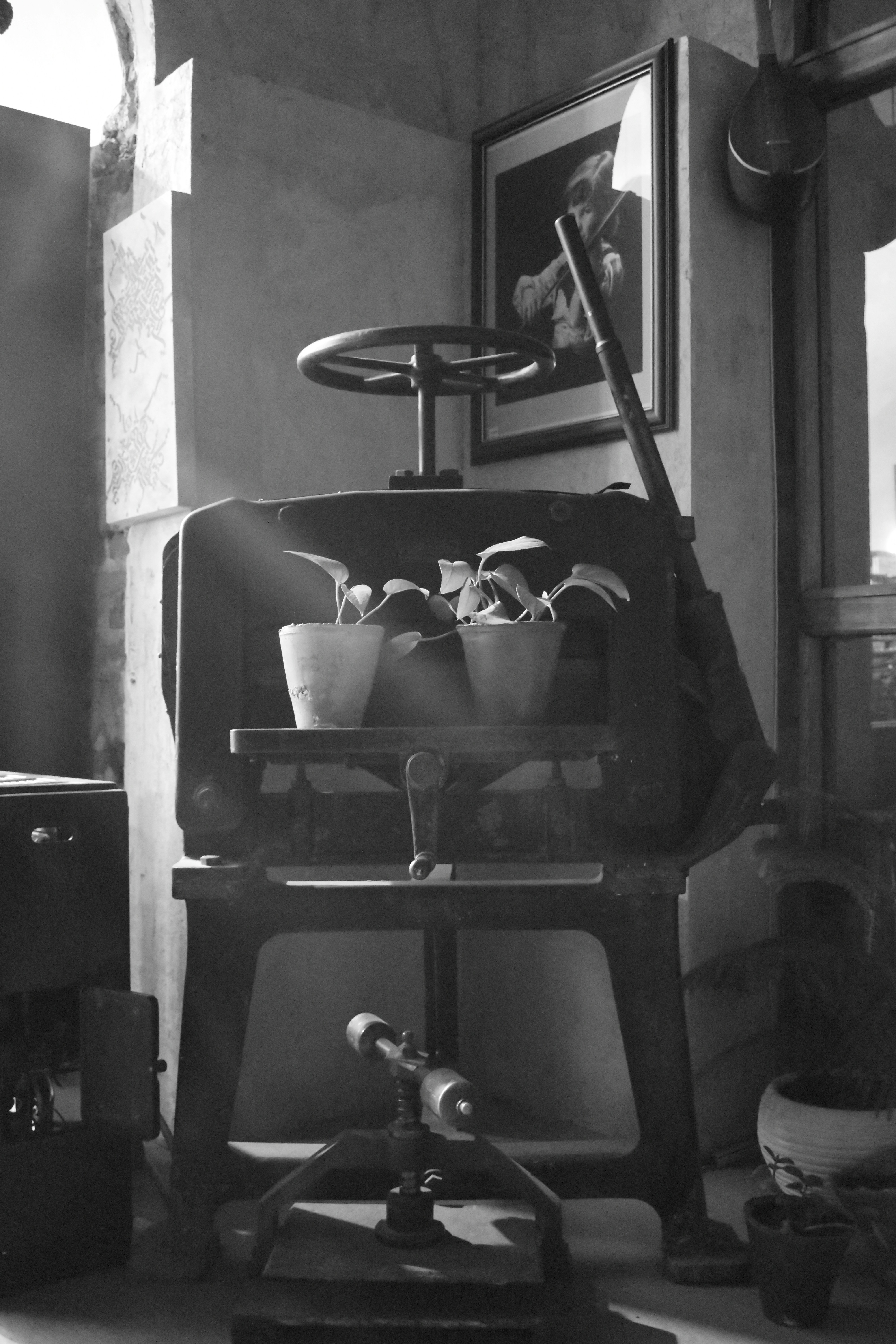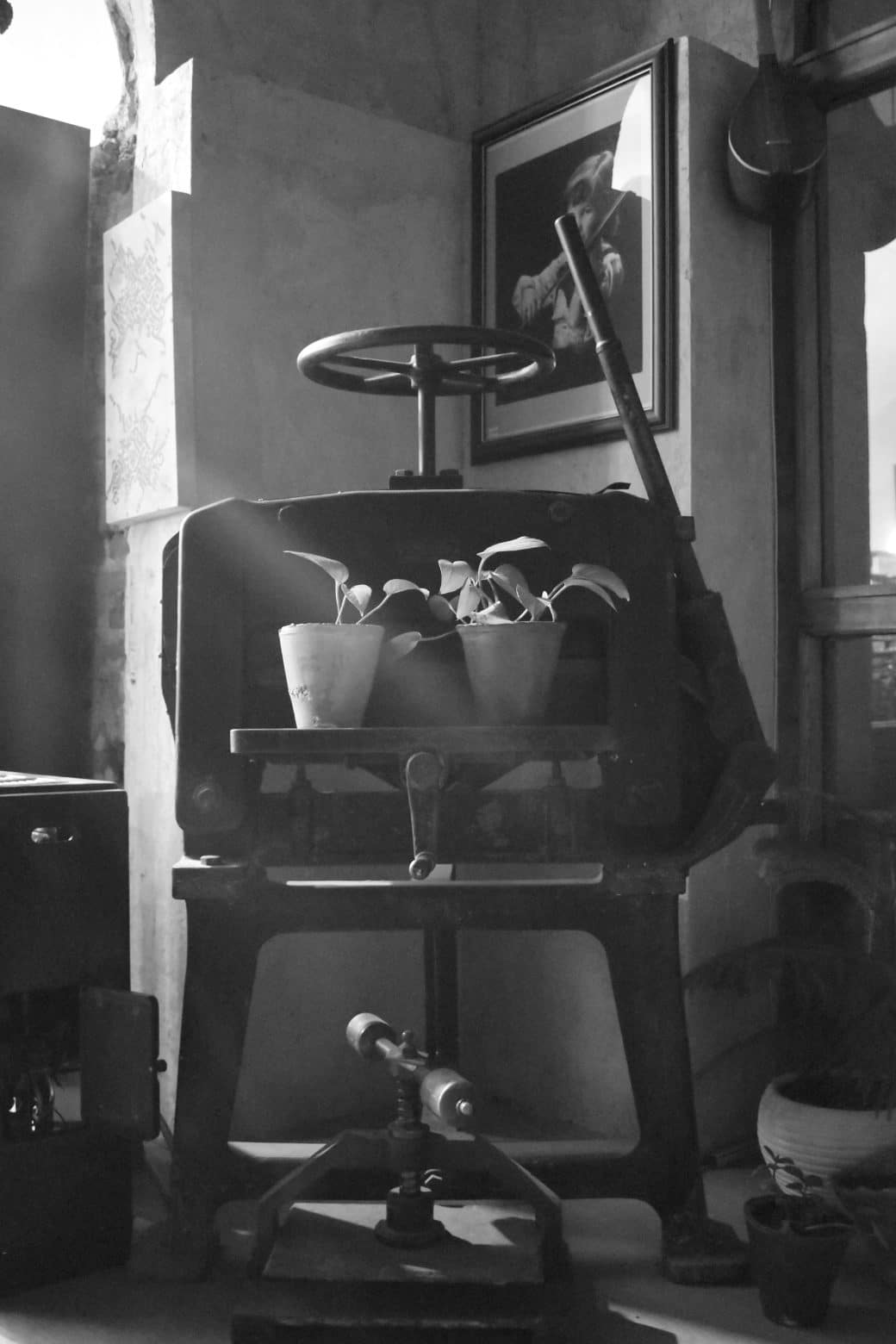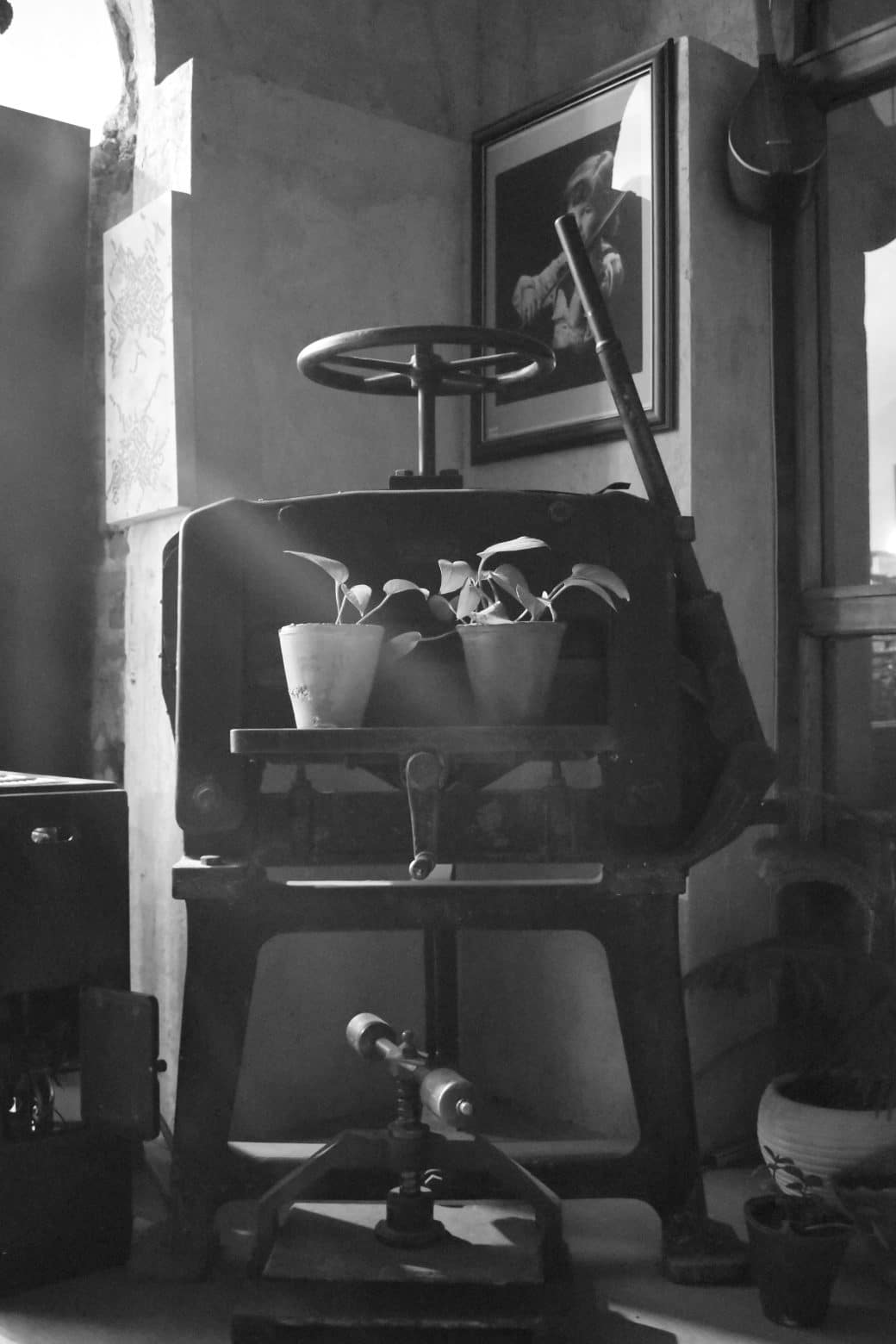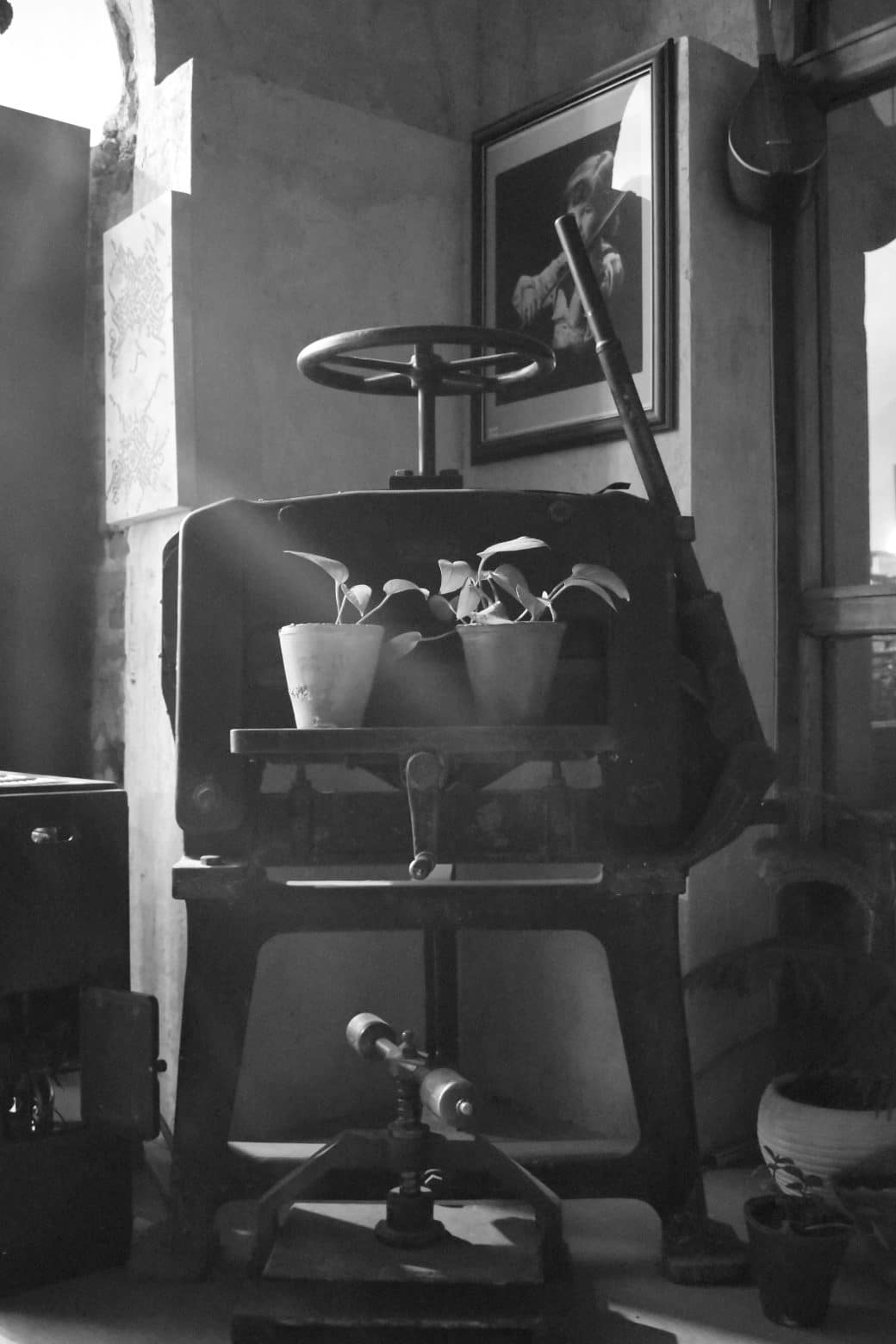I’ve always had a soft spot for crafting, and recently, my curiosity got the better of me—I decided to venture into the world of DIY bookbinding. It’s a skill that seemed so intricate and out of reach, but guess what? It’s totally doable, even for beginners like me and possibly you. In this step-by-step DIY bookbinding tutorial, I’ll share the insights and simple techniques I discovered. From choosing the right materials to the final touches that give your handmade books a professional edge, I’m excited to guide you through this creative journey. Trust me, there’s something incredibly satisfying about binding your own books, and I can’t wait for you to experience it too.

Understanding the Fundamentals of Bookbinding
Bookbinding is a craft that’s as old as books themselves, but let’s dive in and simplify it. It’s not just about putting pages together; it’s an art form that allows us to preserve knowledge, stories, and memories in a tactile form.
Learn about the history of bookbinding
Back in the day, before the digital age took over, bookbinding was a necessary process to keep documents and literature intact. It started simple, with just stacking and folding papers, but as time went by, the process became more intricate and stylistic. Bookbinding evolved through centuries, adapting to the culture and technology of times. Imagine monks in medieval times, meticulously hand-crafting and binding manuscripts – that was the level of dedication to the craft.
Know why bookbinding is important
Why bother with bookbinding? Beyond its practical purpose of keeping our pages together, it makes the reading experience special. There’s something about holding a hand-bound book, feeling the texture of the cover, and turning the crisp pages that can’t be matched by swiping on a screen. Moreover, it allows for customization and personalization, making each book a unique piece of art.
Types of bookbinding
There are several types of bookbinding, each with its own character. Saddle stitching, perfect binding, and case binding are a few. Saddle stitching involves folding sheets of paper in half and stapling them down the middle. Perfect binding glues the pages to the cover spine, commonly seen in paperbacks. Case binding, the sturdiest of the three, is used in hardbacks, where sewn pages are glued into a hard cover.
Gathering Bookbinding Supplies
Before jumping into bookbinding, you’ll need to gather some supplies. It’s like a chef preparing their mise en place, ensuring everything is ready for the cooking process.
Different types of papers
Paper is the soul of your book. There’s a vast array of choices, from thick cardstock to delicate rice paper. Your selection depends on the book’s purpose. For a photo album, thicker, glossier papers are ideal, while a novel or journal works best with lighter, matte paper.
Types of glue and where to buy them
Not all glue is created equal. You’ll want to use PVA (polyvinyl acetate) glue, which is strong, dries clear, and remains flexible. You can find it in most craft stores or online. Stay away from hot glue – it’s tempting, but it dries hard and brittle, which is not ideal for bookbinding.
What is a bookbinding needle?
This isn’t your average sewing needle. A bookbinding needle is longer and has a larger eye to accommodate thicker thread. This makes stitching through multiple layers of paper and the spine much easier.
Bristol boards and their uses
Bristol board is a thick, sturdy paper, perfect for covers or as reinforcement in the spine. It can be covered with fabric or decorative paper to add aesthetic appeal to your book.
Paper cutters and their importance
Precision is key in bookbinding, and a good paper cutter is essential for getting clean, straight cuts. Whether it’s a guillotine cutter for large quantities of paper or a simple X-Acto knife for detailed work, make sure it’s sharp.
Preparing the Paper
Once you’ve got your supplies, it’s time to prep your paper, the foundation of your book.
Choosing the right type of paper
Consider what your book will be used for. Heavier paper can support more wear and tear, making it suitable for sketchbooks or photo albums, while lighter paper is better for novels or journals.
How to cut your papers?
Measure twice, cut once – the golden rule. Use your paper cutter to trim the paper to your desired size. Ensure the edges are straight and the corners are square for a professional finish.
Learning how to fold papers
Proper folding ensures your pages align correctly. Use a bone folder for crisp folds without damaging the paper. Start by aligning the edges carefully, then press down firmly along the fold.

Creating Signatures for the Book
Signatures are the building blocks of your book. They’re groups of pages folded and gathered together, ready to be sewn.
What is a book signature?
A signature might sound fancy, but it’s just a small collection of folded papers that, when combined, form the book. Most times, a signature is made up of 4 to 5 sheets of paper, giving you 16 to 20 pages.
How to make a book signature?
Place your sheets of paper on a flat surface, ensuring the edges align. Fold them in half collectively, then use the bone folder to flatten the fold. Repeat this process until you have enough signatures for your book.
Why are signatures necessary?
By sewing through these signatures, you ensure your book’s pages are secure and can open flat, enhancing the reading experience. This method also adds durability, as the stress of opening and closing the book is distributed across multiple sewing points.
Setting Up the Sewing Station
Now that your signatures are ready, it’s time to prepare for sewing – this is where the magic starts!
Step-by-step process to set up a sewing station
Secure a flat, sturdy table and cover it to protect against glue or ink spills. Arrange your signatures in order, and place your bookbinding needle, thread, and other materials within reach. If you’re using a sewing frame, set it up according to the manufacturer’s instructions.
Essential elements of a sewing station
Besides a good work surface, you’ll need a sewing frame or a substitution to hold your signatures in place while you sew. Good lighting and a comfortable chair are also critical – bookbinding is a labor of love and patience.
Sewing the Signatures
Sewing is what brings the body of your book together. It’s a satisfying process that requires attention to detail.
How to thread the needle for bookbinding?
Cut a length of thread about as long as your arm to avoid tangling. Thread it through the needle’s eye and knot the end. A simple overhand knot should suffice.
Process of sewing the signatures
Starting from the first signature, pierce through the fold with your needle, pulling the thread through but leaving a little tail. Then, move on to the next signature, linking them together with a chain or kettle stitch. Continue this process, keeping the tension even, until all signatures are sewn together.
Tips for proper sewing
Keep your stitches tight but not too tight – you don’t want to tear the paper. If the thread gets tangled, gently untangle it instead of pulling hard, which could break the thread or warp the paper.
Gluing the Spine
With the signatures sewn together, securing the spine with glue adds extra strength to your book.
Correct technique for applying glue
Lay your sewn signatures flat, exposing the spine. Apply a thin, even layer of PVA glue using a brush. Ensure complete coverage for a strong bond, but avoid using too much glue, which could seep into the pages.
How to clamp the signatures while gluing?
Use binder clips or a book press to gently clamp the signatures together while the glue dries. This keeps the spine straight and prevents the pages from puffing up due to the glue’s moisture.
Making the Book Cover
A well-crafted cover protects your book and gives it character. Let your creativity shine here.
Materials for making a book cover
You can use cardboard, Bristol board, or any stiff material for the cover. Covering material can be cloth, decorative paper, or even leather, depending on the look you’re aiming for.
Step-by-step process to make a cover
Cut two pieces for the front and back, slightly larger than your page size. Cut a spine piece as wide as your stacked signatures plus a little extra for movement. Glue the covering material to these pieces, ensuring it wraps around the edges for a neat finish.
Decorating and personalizing the cover
This is your chance to personalize your book. You can add titles, designs, or textures. Embossing, painting, or even attaching embellishments are all great ways to make your book uniquely yours.
Assembling the Book
The final assembly brings all your hard work together, transforming loose pages and cover into a book.
How to attach the cover to the book?
Once the cover is dry, apply glue to the spine of your signatures and the inner spine of the cover. Carefully align the spine and press it onto the cover, ensuring it’s centered. Then, glue the first and last pages of your signatures to the inside of the cover to hide the edges.
Correct placement of the cover
Ensure the spine aligns perfectly with the cover spine and that there’s a slight gap at the top and bottom for a professional finish.
Securing and reinforcing the assembly
You can reinforce the spine and cover connection with a strip of cloth or paper before gluing the endpapers. This adds durability and ensures your book can withstand frequent use.
Avoiding Common Bookbinding Mistakes
Mistakes are a part of learning, but here are some tips to keep them to a minimum.
Mistakes beginners often make
Using the wrong type of glue, cutting paper inaccurately, and sewing too tightly or loosely are common errors. Patience and practice are key to overcoming these challenges.
Best practices for avoiding these mistakes
Measure twice, cut once. Practice your sewing on scraps before starting on your actual book. Take your time with gluing, ensuring even coverage without overdoing it.
Troubleshooting common problems
If your pages are not aligning, check your folds and cuts for accuracy. Should the glue seep into the Pages, use less glue and apply it more carefully. For loose stitches, ensure consistent tension when sewing.
Starting from understanding the basics to assembling the final product, bookbinding is an immensely rewarding craft. Take your time, enjoy the process, and soon, holding a book you bound yourself will be an unparalleled joy.



